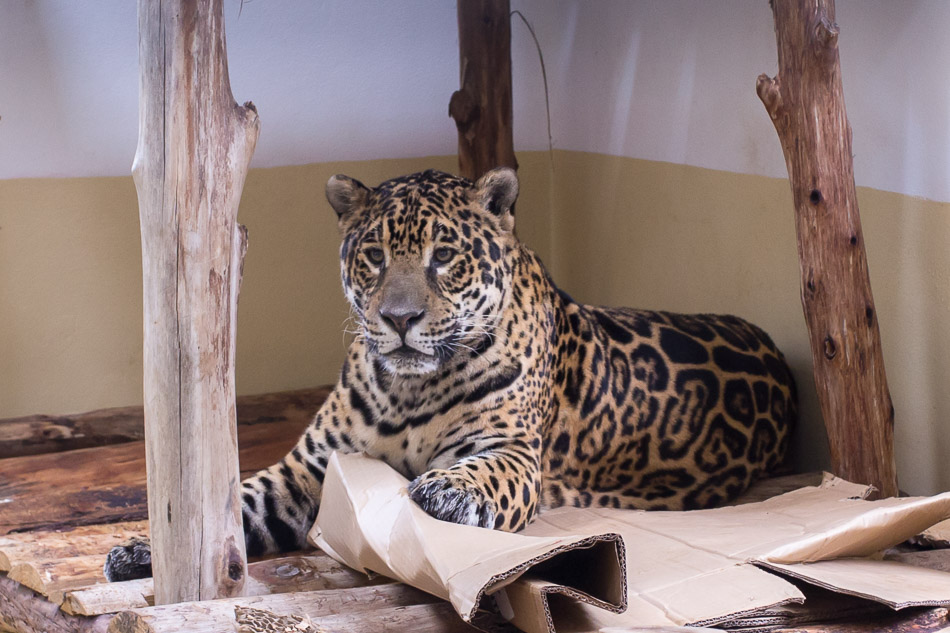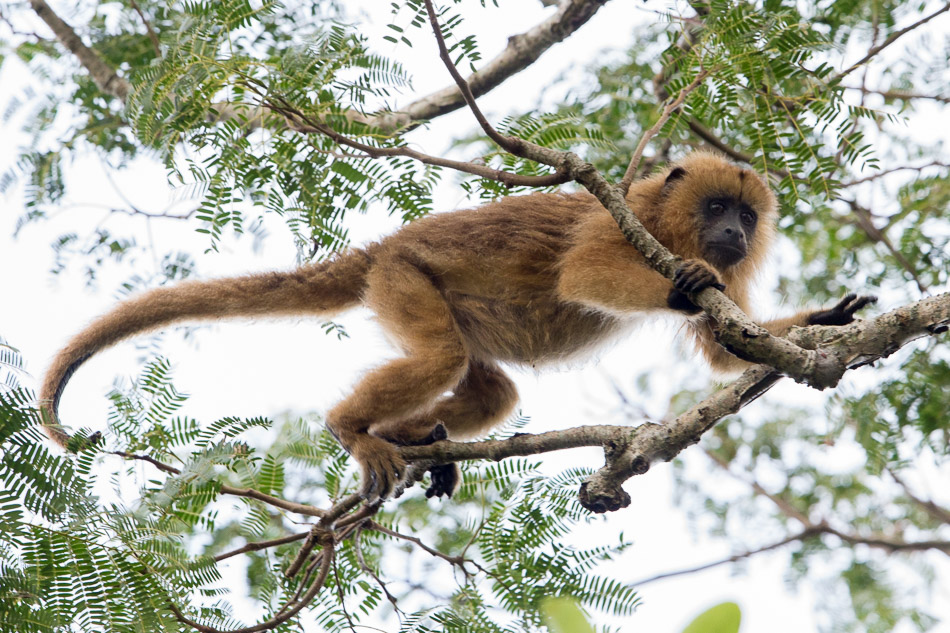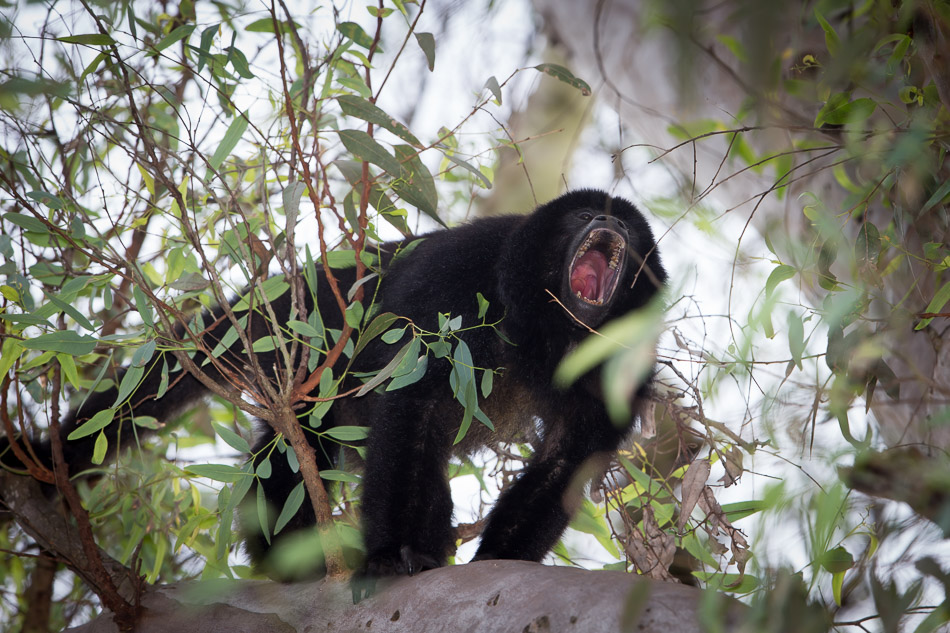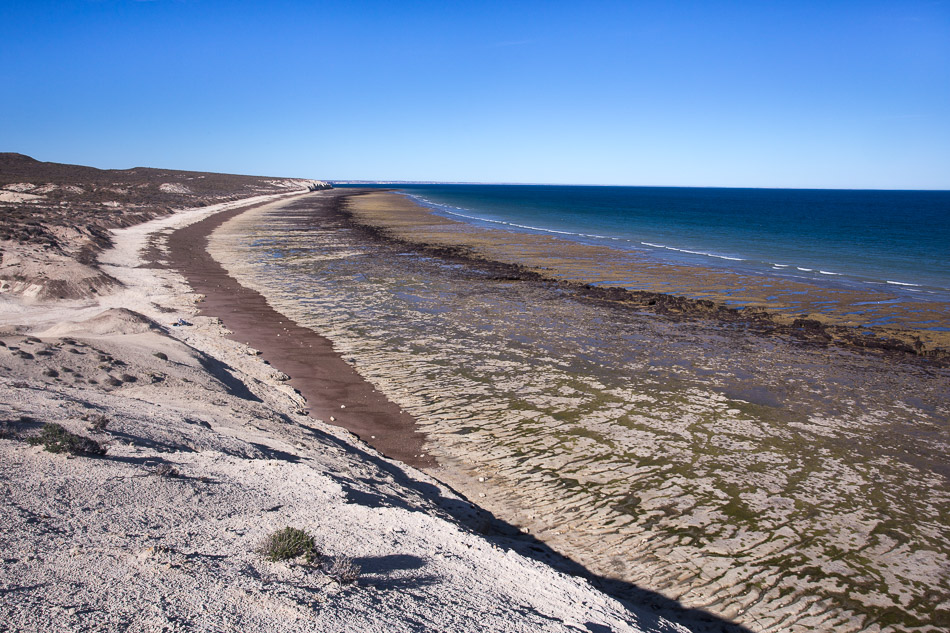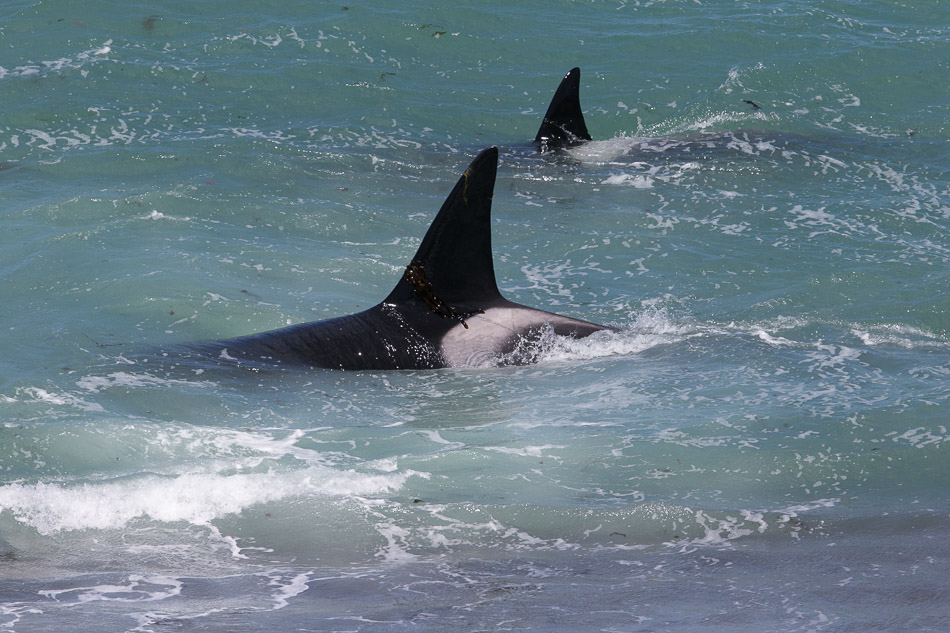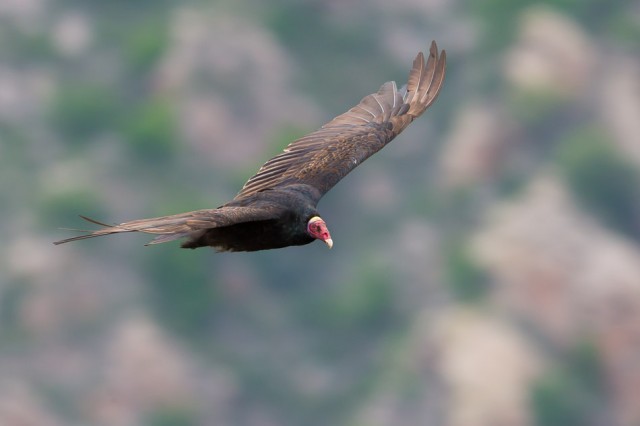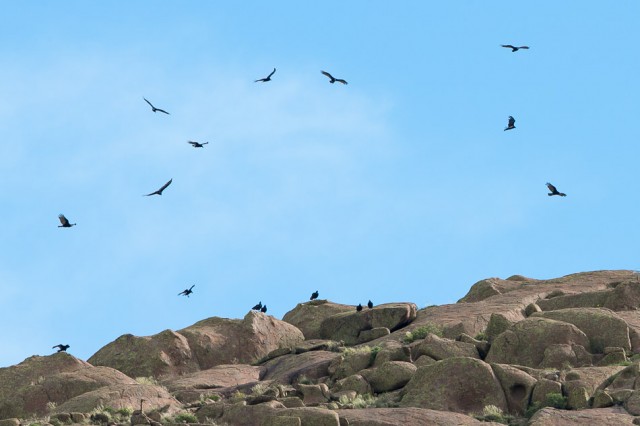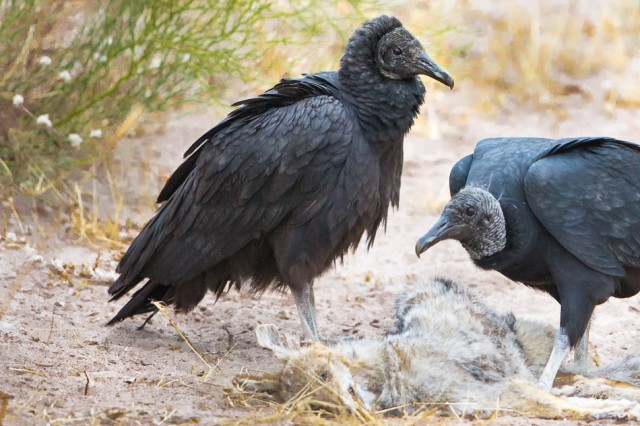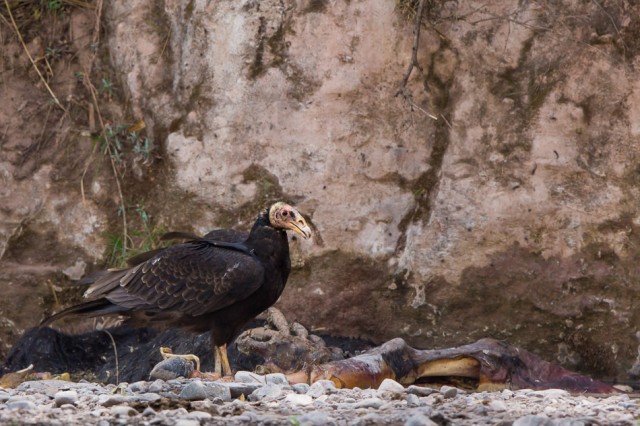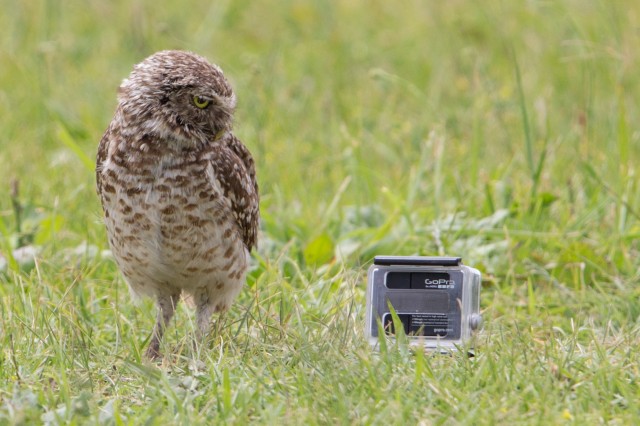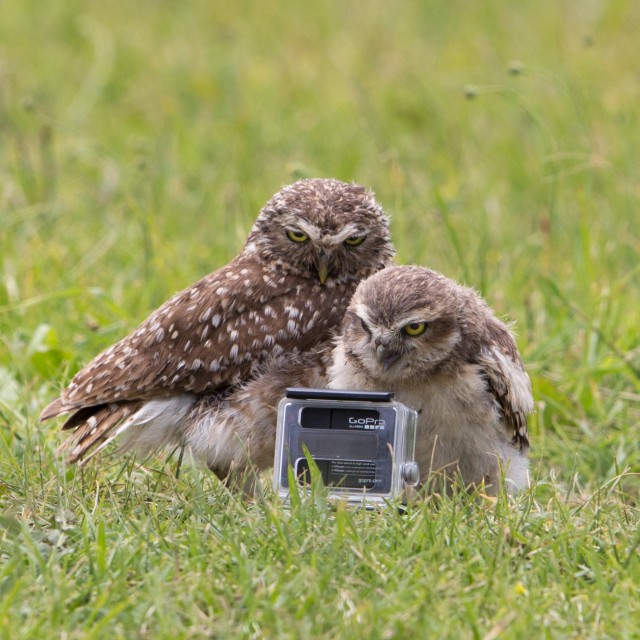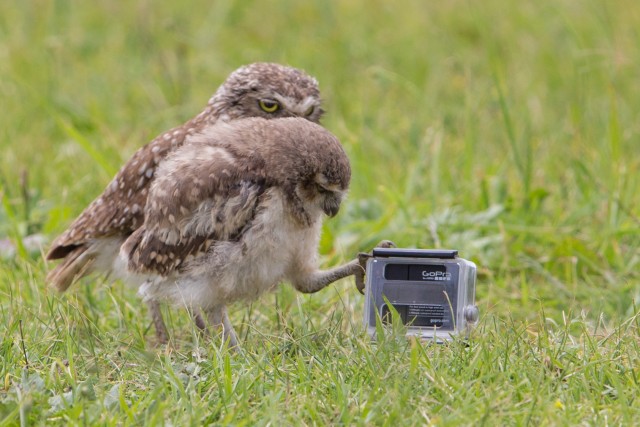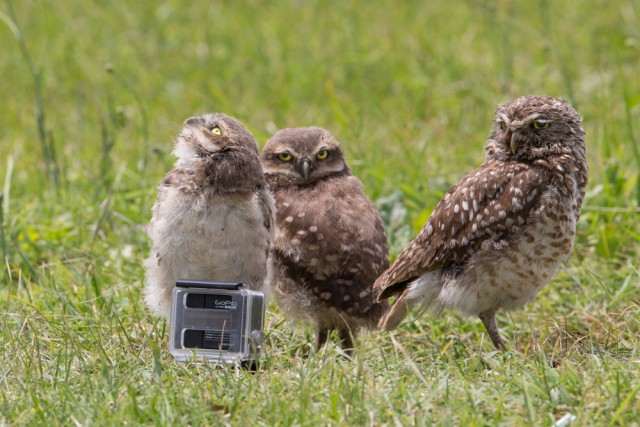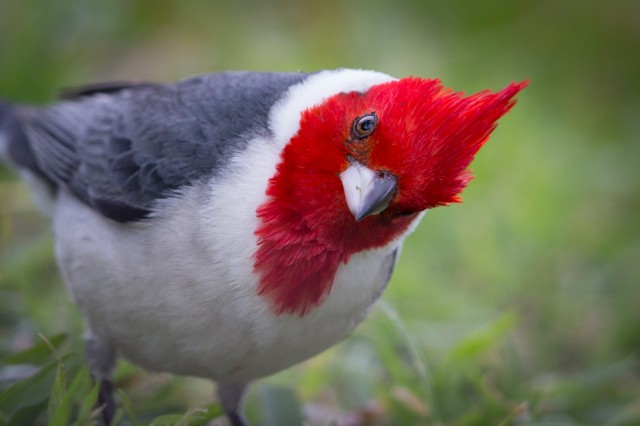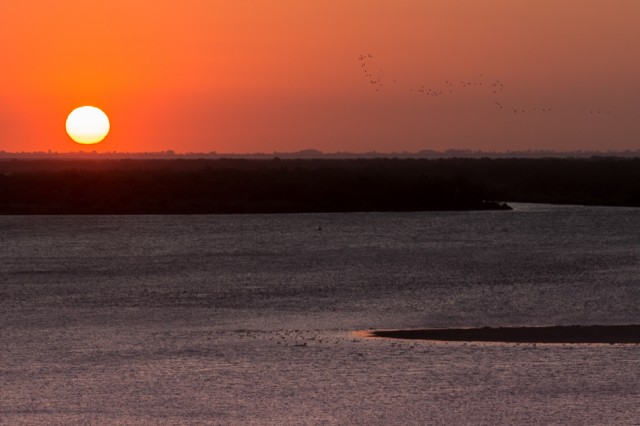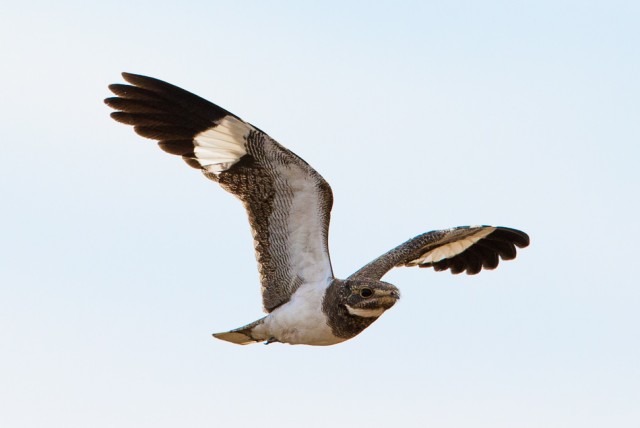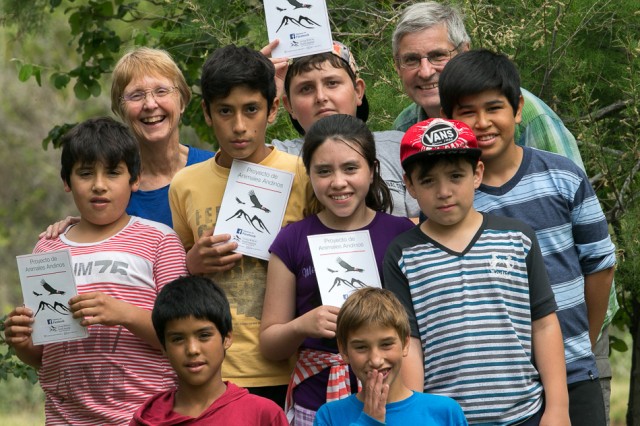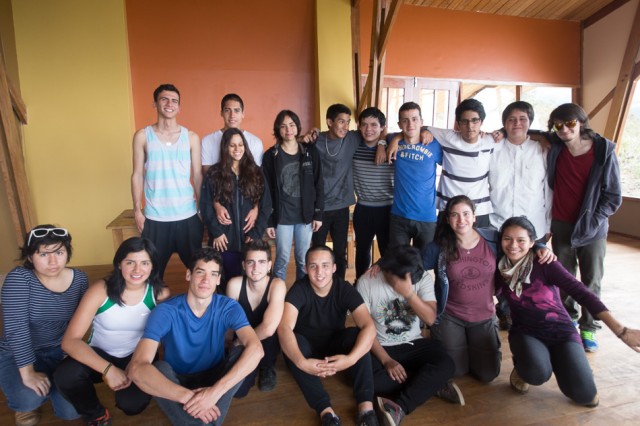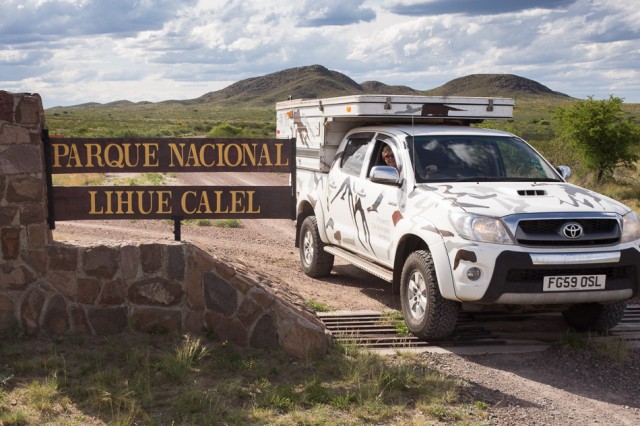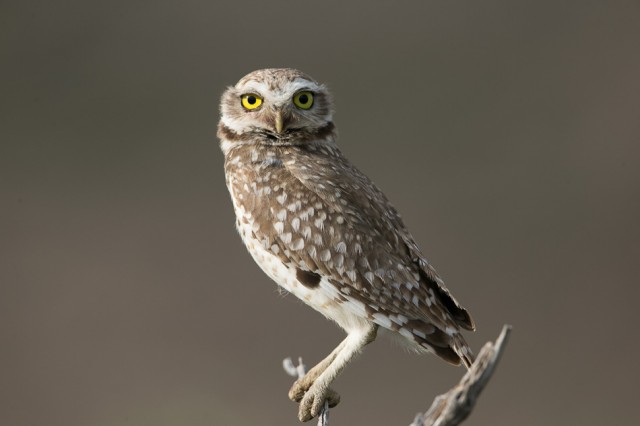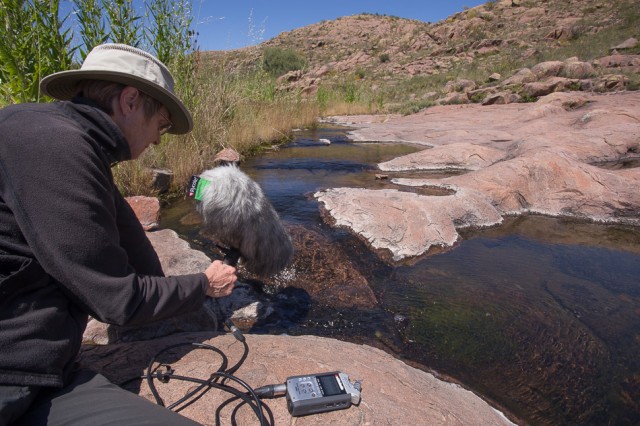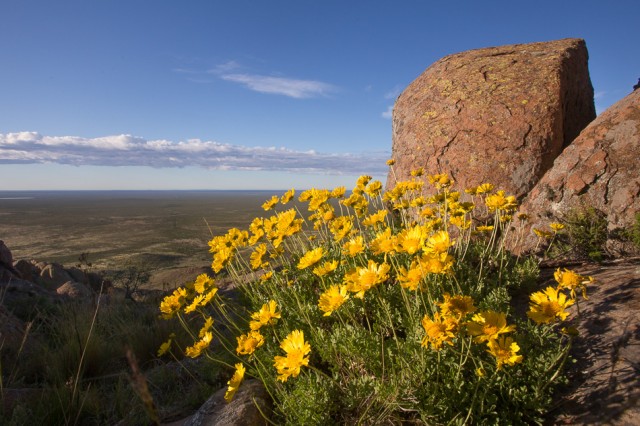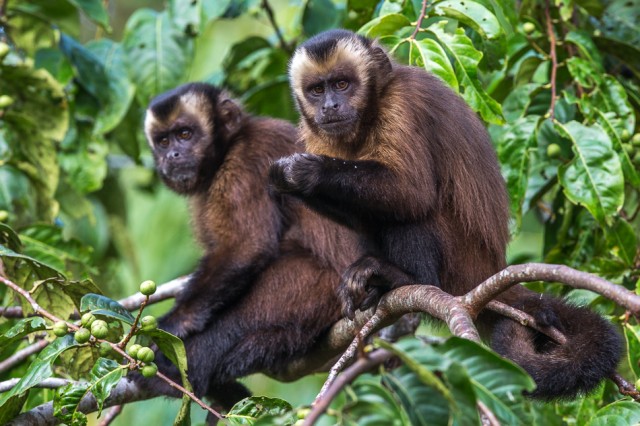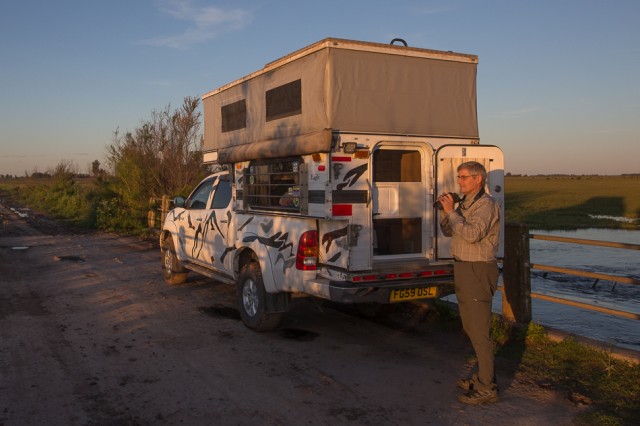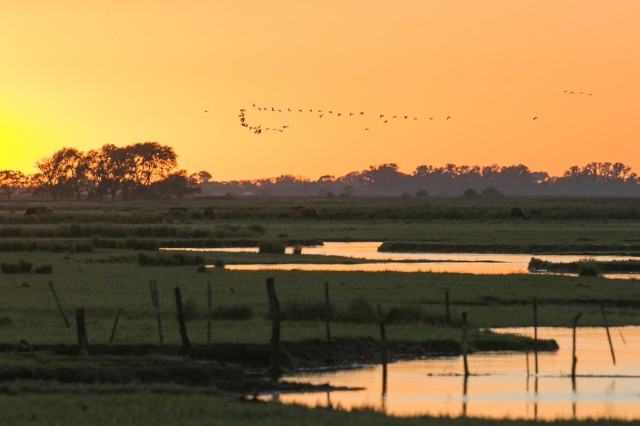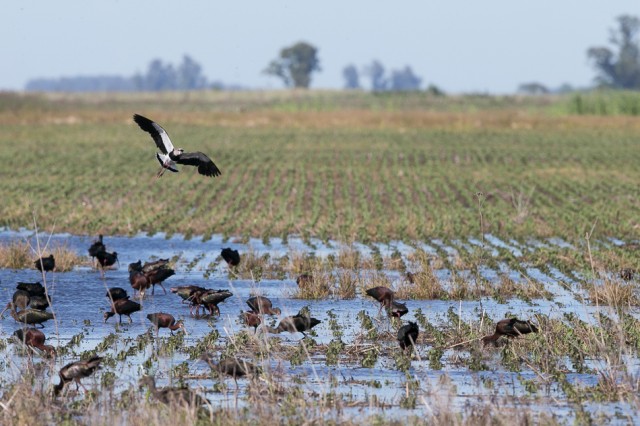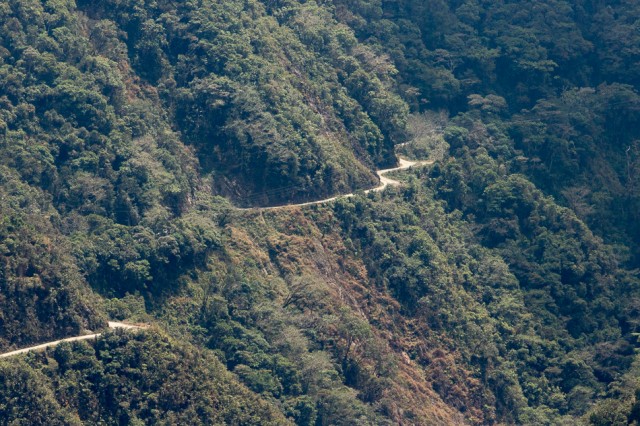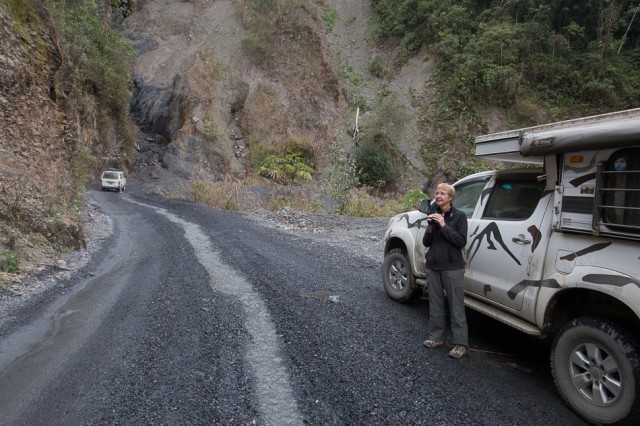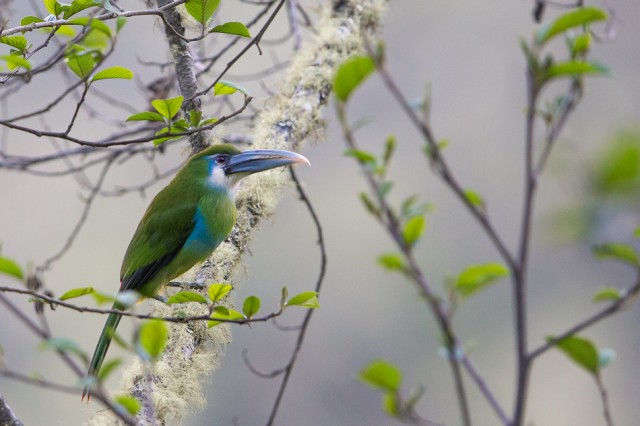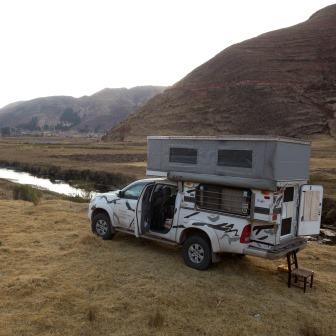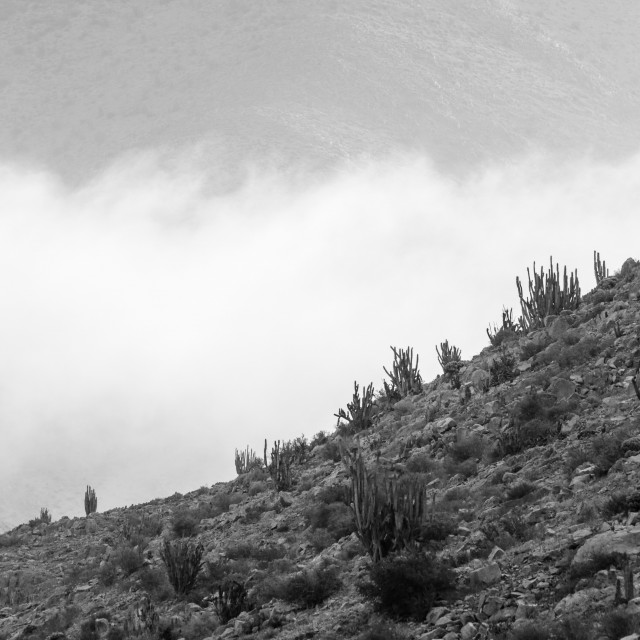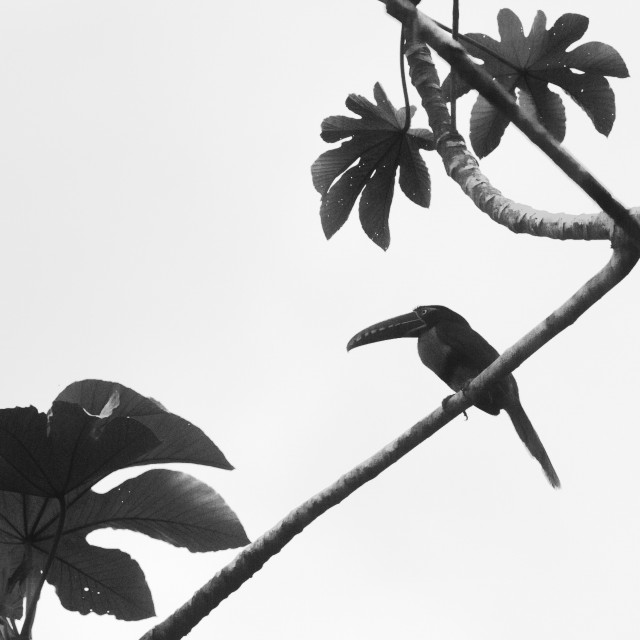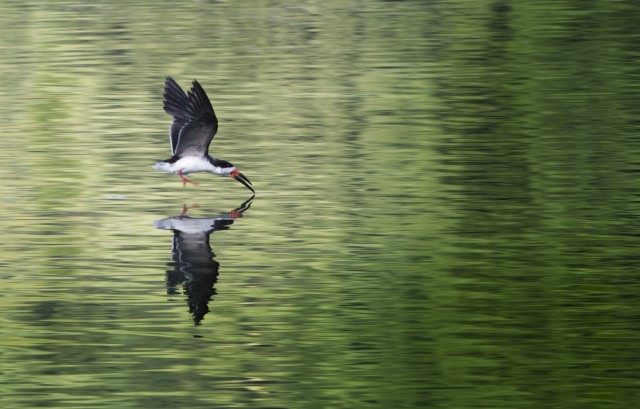Photo Blog
When I look at this cat I am drawn inexorably to its eyes, for within them, lies the pulsating heart of the rain forest, her name is Taboda. Her yellow and black feline coat is uniquely textured in spots, daubs, circles, crescents and stripes, blotches and specks, wrapped with necklaces of power. Every mark a reflection of water ripples, or the falling of great leaves from the tall forests in which she once lived.
In South America the Jaguar is endangered. As the forests shrink and roads and agriculture take over, the wildlife shrinks too. Argentina has almost no Jaguars left. What few Jaguars remain must travel great distances to find each other, risking poachers, guns,traps or simply running out of places to find sufficient food.
This Jaguar is a lucky one, rescued from a Zoo it now lives inside another enclosure, but this enclosure is very different. The enclosure is massive, 10,000 hectares in extent, encompassing woodlands and pools, all designed by the foremost zoo experts in the world.

The location for this refuge is a remote island amidst South Americas largest freshwater marsh, Ibera, in the Corrientes province of Argentina. A more beautiful and tranquil place one cannot imagine, but only the most pristine is required for such a magnificent cat. Over the next few years it is proposed that other Jaguars will join Taboda and with care and fortune they will breed and Argentina will have its long lost Jaguars back.
This has all been made possible by the wisdom and foresight of one man, Douglas Tompkins. He founded the Conservation Land Trust and put the fortune he made in business, to work for wildlife conservation in South America.
Tropical rainforest in Argentina is restricted to the north and north-east country, the wildlife rich Misiones province, a nature photographers paradise. This is the place to find Black Howler monkeys, more likely though, you will hear them first.
Howler monkeys are generalist eaters, but love fruit. They live in small social groups and when a family find an area of the forest where the trees are fruiting they will stay a few days. To avoid confrontation with other Howler families they call, howl and scream unbelievably loudly to announce their presence to other groups of monkeys in the area.
The sound is rather like a very strong, undulating wind blowing through a tunnel. From high in the trees Black Howler monkeys will start this calling just before sunrise,it wont last that long but the sound carries over the forest in the clear calm air of the morning, wakening the senses and epitomizing the very spirit of the forest.
Killer Whales, otherwise known as Orcas, are to be found off the coast of Argentina on the Valdes peninsula. It was here that the marine biologist Roberto Bubas first recorded their extraordinary hunting behaviour, when the Orcas launched themselves from the sea onto the beach itself in order to catch Elephant Seal and Sea Lion pups, unique in South America and the world.
The Valdes is a remote area in Argentina and most wildlife oriented visitors access the area from city of Puerto Madryn, having arrived there on a cruise boat. In Puerto Madryn cars can be hired and there are many organised tours that operate. Even so it does take several hours to access the wonderful eastern coast of the Valdez and to reach the best spots, Punta Norte, Caletta and Punta Cantor, from which one might, with luck, observe the Killer Whales themselves. This is a haven for wildlife photographers as well as birdwatchers.
We spent three days visiting the Valdes and were lucky as we did see a pod of three Orcas. One cannot spend the night in the area, visitors have to either return to Puerto Madryn or stay the night at Puerto Piramides. To observe them actually hunting is quite rare. There are only three pods where the females have taught their offspring how to ‘beach’ to hunt Elephant Seal and Sea lion pups.
Time visits to the watch points to coincide with the high tide, arrive at least an hour beforehand and stay, if possible for an hour after high tide. Although the Orcas are present all year, there are certain times which are better, these are when the tide itself is specially high and when the Elephant Seals and Sea Lions have pups. Also visitors are not allowed on the watch points before 8.00am or after 8.00pm, so look at the attached tide tables and make a calculation suitable for you to maximize success.
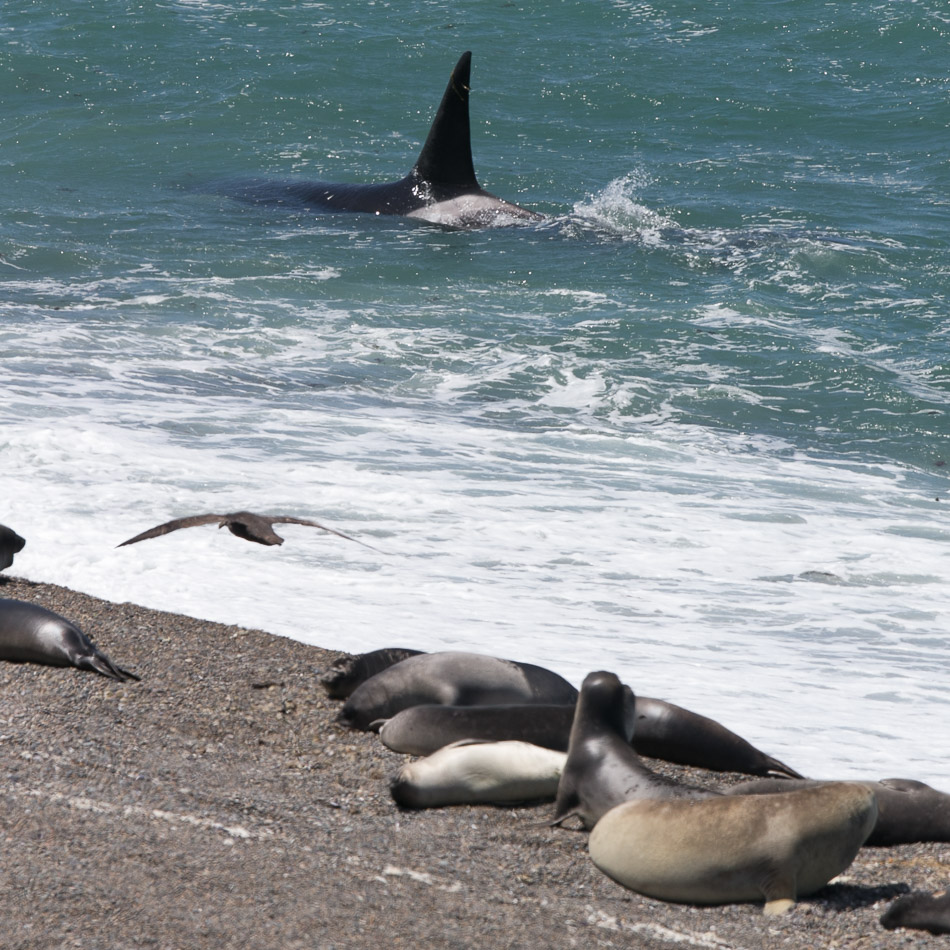
The photograph above shows how close to the shore the Orcas come, with the Elephant Seals watching them carefully. Waiting and watching out for Orcas is time consuming but for birders and birdwatching there is always to soething to look for, in particular Southern Giant Petrels are commonly seen.
For any birdwatcher in South America seeing Hummingbirds is a ‘must’ and the 320 species represents for the birder and wildlife photographer a constant array of incredibly beautiful birds and for the ornithologist a wonderful example of adaptive radiation. Paula and I have spent some time in the Salta and Jujuy provinces of north western Argentina and here we came across the World’s biggest Hummingbird.
The Giant Hummingbird is the largest of any of the species. We glimpsed Giant Hummingbirds several times on our travels, most of the time the birds zipped above us, high and away.
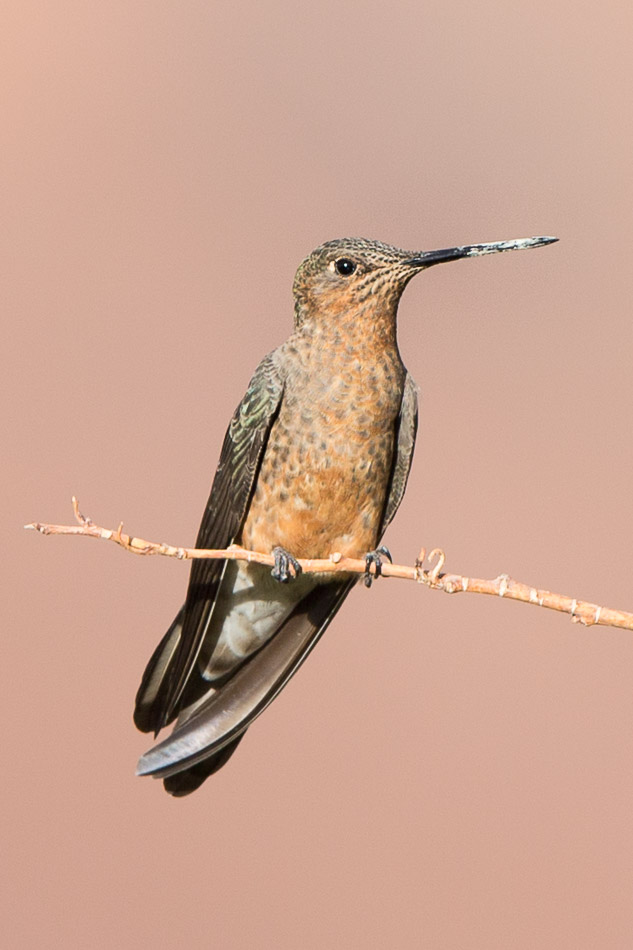
One day though we camped by a small lake in a eco region known as the pre-puna, characterized by dry scrub-steppe with a scattering of columnar cacti. Andean mountains towering up to 4000 meters formed an amphitheater for the lake, around which blossomed a luxuriant vegetation, in particular the a shrub with long yellow corolla.

It was from these flowers that the hummingbirds were feeding and demonstrated how many plants have evolved in parallel with their chief pollinators.
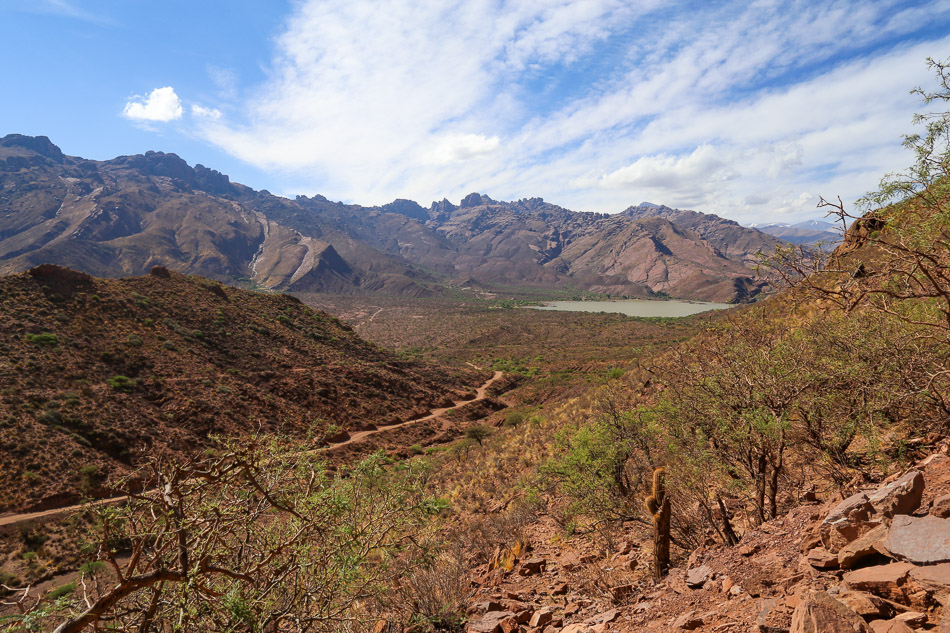
The time of the year was November, springtime and the birds were engaging in an activity we had never seen before. When two birds met they would circle round each other then spiral high into the sky, round and round they circled, gradually getting closer and closer until the birds facing each other and so high in the heavens we could barely see them, engaged in a mock ‘sword-fight’ with their long bills, then they would part and disappear in opposite directions. We were not sure weather this was display or territorial aggression. The species is about the size of a swallow, the biggest of all Hummingbirds and for South American birdwatchers and birders who visit the Andes, one of their most searched for birds.
Vultures are important as they clear away dead carcasses and rotting meat and are one of natures ways of maintaining a healthy environment.
Unfortunately though, vultures in many parts of the world are doing badly. In India 40 million vultures have died and disappeared in the last 20 years. Rotting meat and rubbish litters the streets. because natures garbage removes have gone – Vultures are important. A similar thing is happening in Africa where 6 out of the 11 species are in danger of extinction.
The reason for the decline has been placed on the anti-inflammatory drug – Diclofenac, used to treat livestock. When the cattle die, persistent residues of the drug drug built-up in the liver of the cow are consumed and poison the birds. Generally the drug is banned but a loophole in the law still allows its use in some European countries particularly Spain, where there is an important population of vulture species. Diclofenac is freely available in many other parts of the world.
As Paula and I journey through South America, in particular Argentina’s wild lands, we see Turkey Vultures almost every day as they soar and drift over the landscape searching for food.
These two Black Vultures have found a dead fox, a good meal for a vulture and their featherless heads reduce bacterial growth infecting the birds.
One September day we were walking along a partly dried-up river bed near to Los Cardones National Park in Argentina and found the uncommon Lesser Yellow-headed Vulture feeding on the remains of a dead cow.
Vultures need large territories in which to live, a number of individuals may roost together at night and they will work together in a search for prey. Vultures use their keen eyesight to watch the behaviour of other vultures miles away. Their sense of smell is super acute and can help the bird pinpoint decaying flesh the other side of a mountain, they are truly amazing birds.
At Living Wild in South America we feel that Vultures populations are still OK and as Vultures are important, that is good news.
Most owls are wise because they hunt at night when there are few predators about. However in South America the Burrowing Owl hunts during the day and the smart trick that this owl does is to nest underground in disused rodent burrows. When they have young, one parent goes off hunting for insects, lizards and mice, whilst the other stays close to the youngsters.
We watched this adult Owl for some time and saw where the entrance to its underground nest was. We waited for the adult to fly off and cautiously placed a Go-Pro mini-camera close to the hole entrance and eventually out came a chick.
The Owl spent some time looking at the camera, walked around it, even stared up into the sky, clearly this was a puzzled Owl. The bird disappeared down the hole and returned a few minutes later.
Now there were two puzzled owl chicks and this time with big brother as protection, the younger of the two decided it was time for the odd Kung-Fu kick.
All to no avail and after a while they also returned down their hole and we could hear some noises from underground.
and out they came together with mum, now there were three puzzled Owls, more astonished looks, much staring into the sky, maybe owls aren’t that smart after all.
Birds of the Parana River: Living Wild in South America from Paula Webster on Vimeo.
The River Parana is a huge wildlife coridor stretching thousands of miles from Brazil down to the middle of Argentina. A rich variety of wildlife depends upon it and as the river is so rich in food, birds can easily move along it.
A common bird of the Argentinian part is the Red-crested Cardinal.
The Parana is the second only to the mighty Amazon in size and biodiversity, disgorging its collosal waters into the delta of Rio Plata between Montevideo and Buenos Aires and depositing silt into the Atlantic which is visible from space.
The value of such a river is incalculable to millions of people and it is not surprising to know that the wildlife and ecology is part of this value as well.
In the Pre-delta national Park in Argentina, through which the river runs there are nearly 200 species of fish and almost as many types of birds as well.
One very special bird that Paula and I were able to find was the Nacunda Nighthawk. This is a colonial bird that nests on heaths and sandy areas, it is a crepescular bird so most often seen at dusk flying low with twists and turns as it seeks out large aerial insects.
On Top of the World: The Andes: Living Wild in South America from Paula Webster on Vimeo.
After Tibet, the Andes in South America have most extensive high altitude plateaus in the World.
Paula and I have travelled these areas extensively in the last year. We have found them unforgiving, where the oxygen is depleted so much that everything has to be done slowly and at night the temperature drops to well below zero.
Such inconveniences are offset by the joy of experiencing the champagne like clarity of the air and the special wildlife to be found.
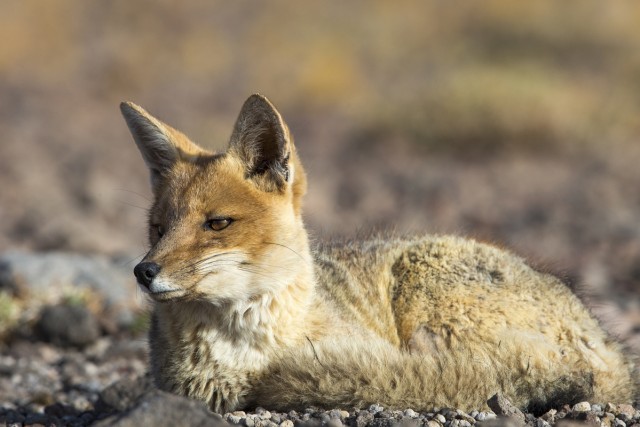
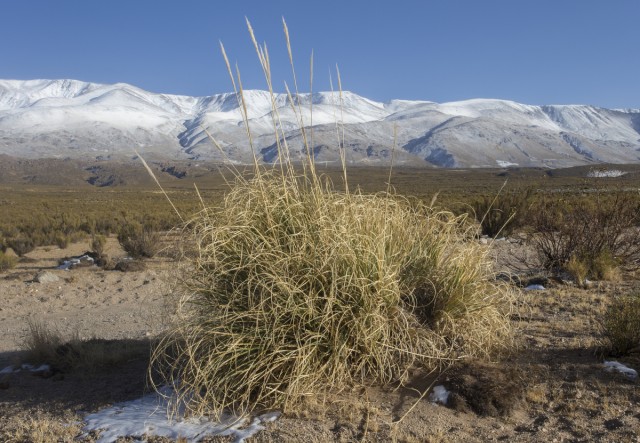
The Living Wild team, Paula and I, take every opportunity to speak to as many school and youth groups as possible. Whilst we were at the Lihue Calel National Park we met one group on an annual end of school year trip.
We talk about the need to protect wildlife and why environmental conservation is good and sometimes these chats turn to other things.
Foremost in most kids’ minds is FOOTBALL. So we conducted a ‘ straw poll ‘ of the group, who supported River Plate or La Boca. Most supported La Boca, but Paula only had a new River Plate team jersey (a present for brother Neil) and so these supporters posed for a photo.
At the Wayquecha research station in Peru we met up with another school from Lima.
One of the things we discussed was how Lima was running short of water. The population of the city is growing at a crazy rate and the glaciers, far away in the Andes, that supply Lima with its water are receding fast.
For their sake and their children’s future, let’s hope the Climate Change conference going ahead right now in Paris is tough on fossil fuel reduction.
Having spent several days driving across the flat plains of Patagonia, the Living Wild team suddenly stumbled across an isolated group of hills, the Lihue Calel National Park, an area known once as ‘land of the devil’ by ancient indigenous tribes.
We initially thought of it as a coffee stop but its tranquil beauty and wealth of wildlife held us for a week.
This gave Paula time to record the natural sounds. The constant wind required her to use a Rycote windjammer over the Sennheiser mic’, both of which coupled into a Zoom H4n digital recorder.
Two hours walking took us to the top of the hills, capped with a multitude of endemic flowers. Beneath us stretched the immense plains and here amid the clouds, our dreams of visiting Patagonia became reality.
Cock of the Rock Christmas from Paula Webster on Vimeo.
This film was made at the Cock of the Rock Lodge Peru. The lodge is situated on the lower slopes of the eastern Andes, an area renouned the world over as being a birdwatchers paradise.
The rich biodeversity is not restricted to birds. Over thirty different mammals depend upon the lush forests, like the Brown Capuchin monkey.
So from all the monkeys, butterflies beetles and birds of the Andes –
HAPPY CHRISTMAS EVERYONE
South America has more species of birds than any other continent. This alone makes South America very, very important in terms of world biodiversity.
November 21st, TO-DAY ! is being celebrated as Big Birdwatch day in South America. This great event is organised by Aves Argentinas and Ebird, So Paula and I, as part of our Living Wild in South America quest, spent the day on the rich agricultural lands of La Pampa.
We wild camped by a remote marsh and woke at dawn to a landscape bathed in orange light, as the sun rose so thousands of waterfowl commenced their morning flight in search of feeding grounds.
White-faced Ibis were everywhere, skeins criss-crossed the horizon, most settled in the fields and upset the local Southern Lapwings which were nesting close by.
Here in one of Argentina’s richest agricultural areas wildlife abounds, but it still needs our protection.
In Peru, there are only two routes over the eastern slope of the Andes down into the Amazon basin. One is the road just south of the historic city of Cusco, down to the river Manu. Only by taking the Manu road can birders easily access the cloud forest.
The road is rough and in places quite narrow but so long as you drive carefully use your horn as you approach tight bends, to alert other drivers and avoid the wet season, from November to February ,it is as safe as any road in Peru.
It takes about six hours to get to the Manu, but if you stop and bird as you go it will take much longer.
There are very few places to stop overnight, the first is the Wayqecha Field station situated in the upper parts of the cloudforest. Further down is Cock of the Rock lodge. Lower down still is Villa Carmen Field station, all these are excellent for birders and naturalists, we would recommend them all, but book in advance.
Paula and I have travelled this road many times as part of our Living Wild in South America expedition and the birds that can be seen as you stop at different altitudes are stunning. This Blue-banded Toucanet is not uncommon but is a retiring species.



